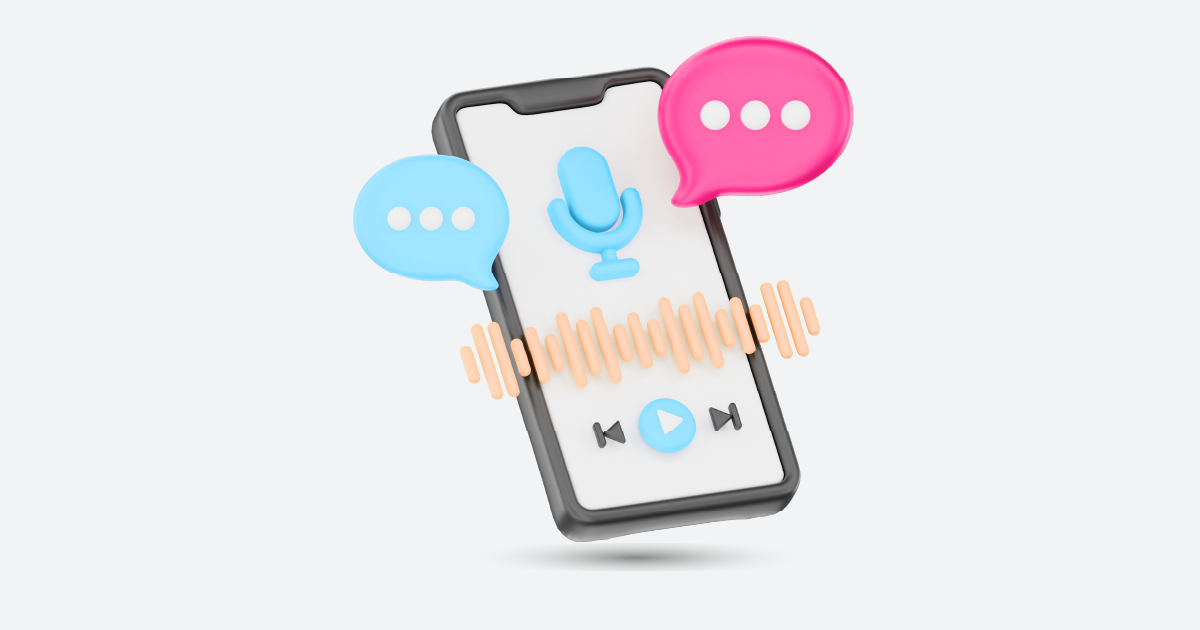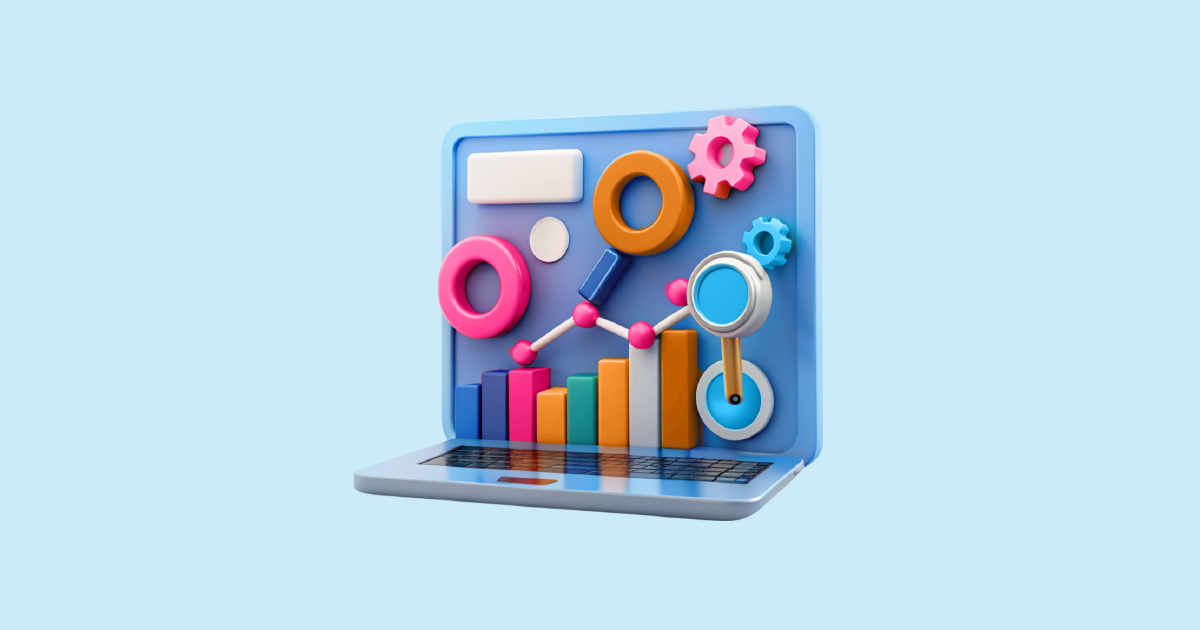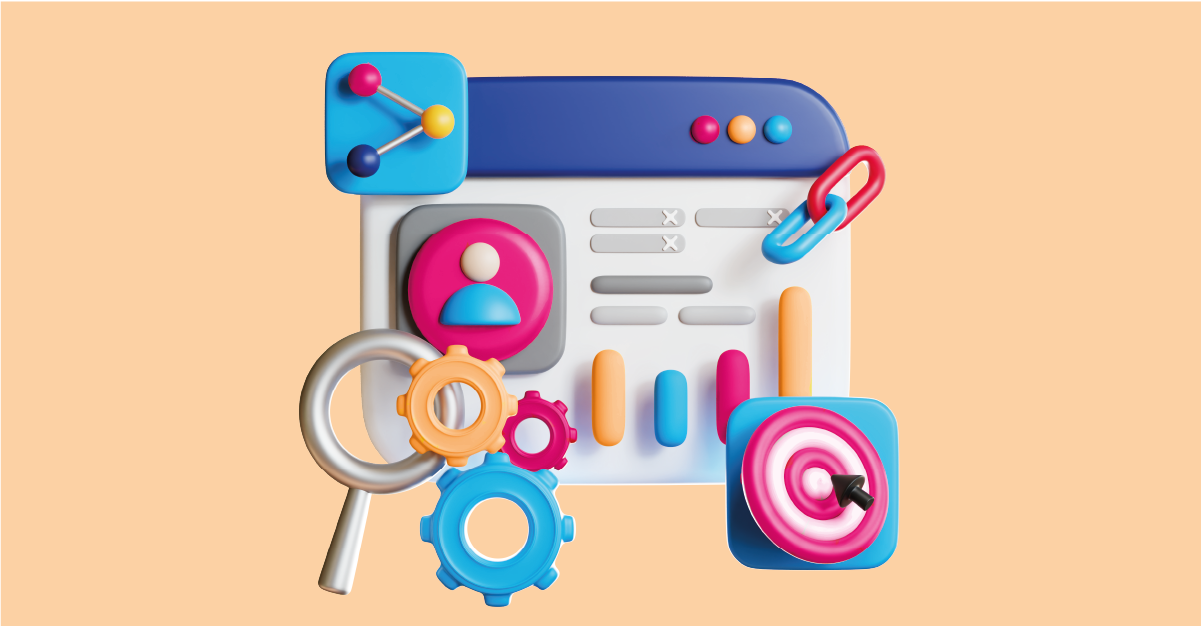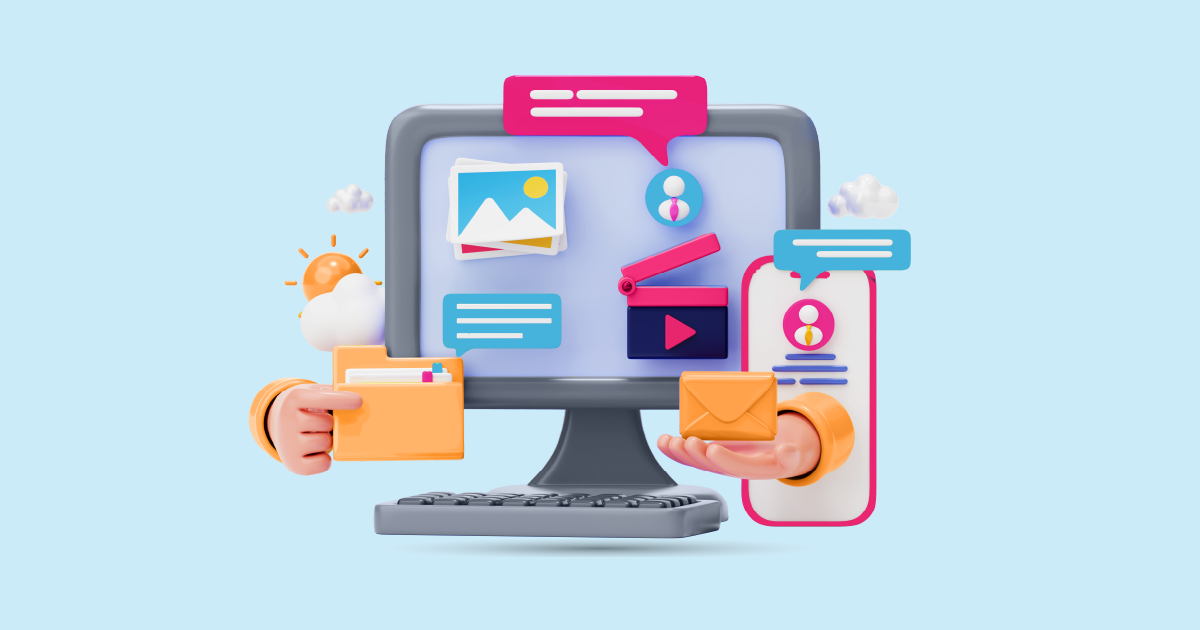In today’s digital age, where conversations happen across various online platforms, understanding what people are saying about your brand is crucial. This is where social listening comes into play. But what is social listening and what is the importance of this?
What is social listening, and what is the importance of this?
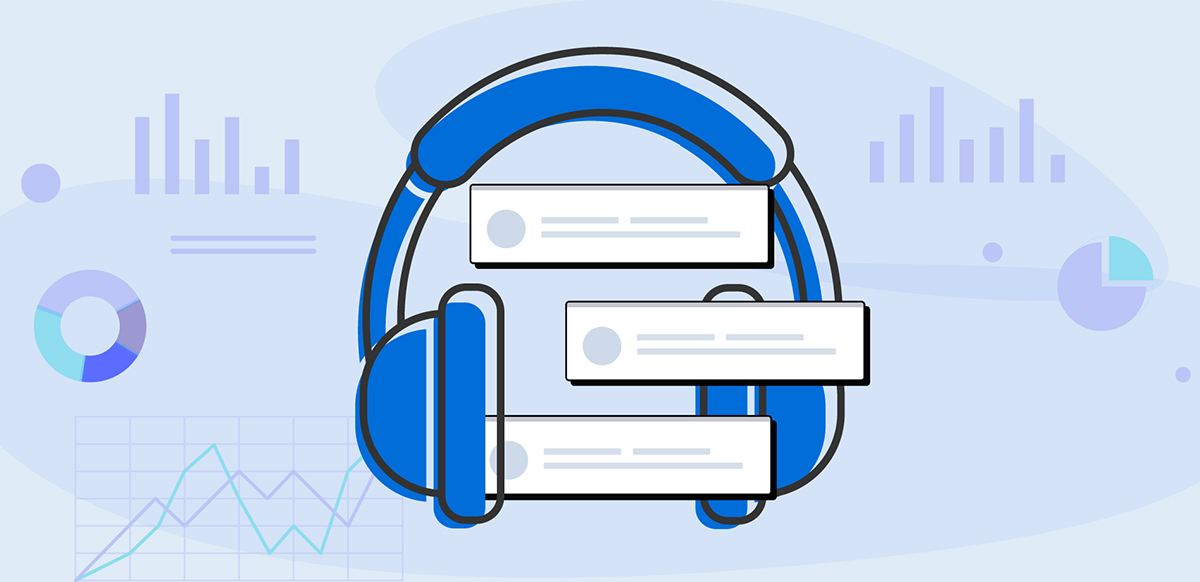
Understanding Social Listening
1. What is Social Listening?
Social listening involves tracking and analyzing conversations and mentions related to your brand, products, or industry across social media platforms. It’s like having a superpower that lets you eavesdrop on the chatter about your business, competitors, and market trends.
2. How Does Social Listening Work?
Social listening tools collect data from social media channels, blogs, forums, and news sites. They then analyze this data to provide insights into customer sentiment, emerging trends, and potential issues that need addressing.
Social Listening Tools
1. Popular Social Listening Tools
Some popular social listening tools include AIM Insights, Brandwatch, and Sprout Social. Each offers unique features to help businesses track, analyze, and respond to online conversations.
2. Features to Look for in Social Listening Tools
When choosing a social listening tool, look for features like sentiment analysis, real-time monitoring, customizable dashboards, and comprehensive reporting capabilities.
Benefits of Social Listening
1. Enhancing Customer Engagement
By understanding what customers are saying, businesses can engage more effectively, address concerns, and foster stronger relationships.
2. Crisis Management
Social listening allows companies to detect potential crises early and respond promptly, minimizing negative impact.
3. Competitive Analysis
Monitoring competitors’ mentions helps businesses identify their strengths and weaknesses, allowing for strategic adjustments.
Social Listening vs. Social Monitoring
1. Key Differences
While social listening focuses on analyzing data to gain insights and inform strategy, social monitoring is more about tracking mentions and responding to them.
2. When to Use Each
Use social monitoring for real-time engagement and social listening for long-term strategic planning.
Implementing Social Listening in Your Strategy
Steps to Integrate Social Listening
- Identify your goals.
- Choose the right tools.
- Set up monitoring for relevant keywords.
- Analyze the data.
- Implement insights into your strategy.
Best Practices
Regularly review your strategy, stay updated with trends, and continuously refine your social listening approach for optimal results.
Challenges
1. Common Obstacles
Some common challenges include managing large volumes of data, ensuring data accuracy, and integrating insights into actionable strategies.
2. How to Overcome Them
To overcome these challenges, businesses should invest in advanced tools, train their teams, and develop clear processes for data analysis and implementation.
Future Trends
1. Emerging Trends
The future of social listening is likely to be shaped by advancements in AI and machine learning, which will enhance data analysis and predictive capabilities.
2. The Role of AI and Machine Learning
AI and machine learning can help automate data collection and analysis, providing deeper insights and more accurate predictions.
Conclusion
Social listening is a powerful tool for businesses to understand their customers, manage their reputation, and stay ahead of the competition. By integrating social listening into their strategies, companies can make more informed decisions and foster stronger connections with their audience. If you’re ready to elevate your business with cutting-edge social listening tools, request a demo from AIM Technologies today and see how our solutions can transform your approach.
FAQs
What is the difference between social listening and social monitoring?
- Social listening focuses on analyzing data to inform strategy, while social monitoring tracks mentions for real-time engagement.
How can social listening improve customer service?
- By understanding customer sentiment and addressing issues promptly, social listening enhances customer satisfaction and loyalty.
What are the best tools for social listening?
- Some top tools include AIM Insights, Brandwatch, and Sprout Social, each offering unique features for effective social listening.
How do small businesses benefit from social listening?
- Social listening helps small businesses understand their customers, respond to feedback and stay competitive in the market.
What are common challenges in social listening?
- Common challenges include managing data volumes, ensuring accuracy, and turning insights into actionable strategies.
